"I suffered for eighteen years. I don't need any more."
500 meters from the top of the climb, David Millar turns around. This isn't the Gavia. It isn't Rocacorba. Not even the Poggio. No, we are on the infamous climb to Pine "Mountain", a whopping 2km, 100m-vertical ascent. In a top-level road race, this hill would be little more than a small lump on an elevation profile, a climb the entire peloton would easily drive the big ring over without dropping a soul. Why then, has Mr. Millar, one of the most accomplished British professional road cyclists, given up on the climb, gotten off his bike and proceeded to stretch out on his back in the dirt while riding with three nobodys? The answer is murky.

There's definitive solace in finishing something one is proficient at - one's life's work, the fresco of a massive basilica, even if the significance is only personal. But, for professional cyclists who've made their living riding for a decade or more, that finish can leave its archetypes adrift, empty. David Millar, the guy who, before the advent of Team Sky in 2010, was Britain's hope for Grand Tour glory, found himself in that position at the conclusion of his career in 2014. A true man of the world (By the time Millar was 22, he'd lived in Malta, Hong Kong, Scotland, England, and France), he now resides in Girona, Spain, and considers his other geographic homes to be Biarritz, France, and Hong Kong. His intelligent, esoteric, worldly, rakish debonair demeanor is underscored by his diverse upbringing (it's worth noting his father was first an RAF pilot, then a Cathay Pacific captain), and he considers himself more European than from the UK (to that end, Brexit left him "discombobulated"). A leg up during his career? Likely. For many Anglo riders, living abroad in vastly different cultures can bring on crushing homesickness. In any case, his career was marked by immense success, a doping scandal, penance, and what he describes as very good relationships with his sponsors. He bemoans frame manufacturers lack of interest in developing product with racers: "They looked down on us as imbeciles, just a blood-and-guts engine. They don't give a fuck. Even when I was second at Worlds [time trial], I was buying my own equipment," but when the topic of clothing comes up, his ears perk up and his excitement builds.

Enter Chpt. 3. During his post-confession career (in 2004), Millar grew close with clothing manufacturer Castelli and its brand manager, American Steve Smith. Unlike bicycle manufacturers, apparel brands do take an interest in rider-based development, according to Millar, and none more so than the Italian scorpion. For Castelli, racing is at the core of their product, a trait becoming increasingly unique in the space. It's an organization that brands with a "product first, all else be damned" mentality, and it has led to striking developments like the infamous Gabba rain jersey, the introduction of aerodynamic clothing in the peloton, and single-panel bibshorts. Millar says that the product, while completely purpose-driven and incomparable when it comes to racing kit, could be something more. Thus, his vehicle for Chpt. 3 was born. It's the mentality of using all of the staggering technological advancements Castelli has driven over the past decade combined with Millar's astute sense of style (the French press nicknamed him "Le Dandy" when he raced), and the needs of a post-retirement pro. Which, oddly enough, aren't that far off from the needs of most riders. While other fashion-forward apparel brands have been forced to back into racing, Castelli started there, giving Chpt. 3 a huge advantage when it comes to how to build performance apparel that also looks like a rider's Sunday Best and will outlive any racing kit by a vast margin. Performance, aesthetic, and durability are all hallmarks of Chpt. 3's line, using new, innovative fabrics usually passed over because of their limited application to racing (eg., the jersey and bibshort fabrics cannot be sublimated, leaving sponsors aghast and confused). 20th century moto and rocker styling leaves its hallmark all over the line, with buttoned cuffs, color flashes, and high collars making their way onto performance cycling apparel. Think Paul Newman and Steve McQueen get into cycling. It is "the highest level racing gear-plus", as Millar terms it, and it's his first move in creating a menswear brand around the concept of "inclusive exclusivity". A brand that expands beyond simply making riding wear to collaborating on very long-term projects with brands ("None of this zeitgeist, flash-in-the-pan stuff", he says), and to expanding beyond the performance, and even cycling sphere (see: His partnership with folding-bike maker Brompton). In Millar's words, the grand vision is that anywhere you go, anywhere that's cool - there will be people who own Chpt. 3 products. Lofty? Perhaps, but the trajectory from cycling is an innovative and unique one.

Millar admits that he doesn't ride his bike for fitness anymore, because "That's what the gym and running are for," he says, "riding for me is social." He did, after all, suffer for eighteen years. At that point, when one has worn the leader's jersey in every Grand Tour and given every fiber of their being to racing a bike well, is there anything left to prove - to yourself, or to others? It's an interesting distinctoin, the contrast between professionals who rarely ride a bike "hard" post-retirement, and those who still put in 20-30 hour weeks, tearing apart the Fondo/Gravel/Local Group Ride circuit. Perhaps it's the difference between an American mentality and a European - the consistent drive for bigger, for more, to run the course ragged, versus one of contentedness and "this is enough". The Super-Sized version of a cycling career? Maybe. That distinction is where Chpt. 3, and the mentality behind it, slots in. It is the manifestation of what likely every WorldTour rider longs for in the midst of a 30-hour week in February, when every fiber of your being is left in the cranks, in the power files, and on the road. It's company, cocktails, and conversation, or even the capacity for them. It's also the freedom of going on a long ride, of turning around whenever you damn well please, and of living beyond the bike while using it as the grounded base for everything else in life.

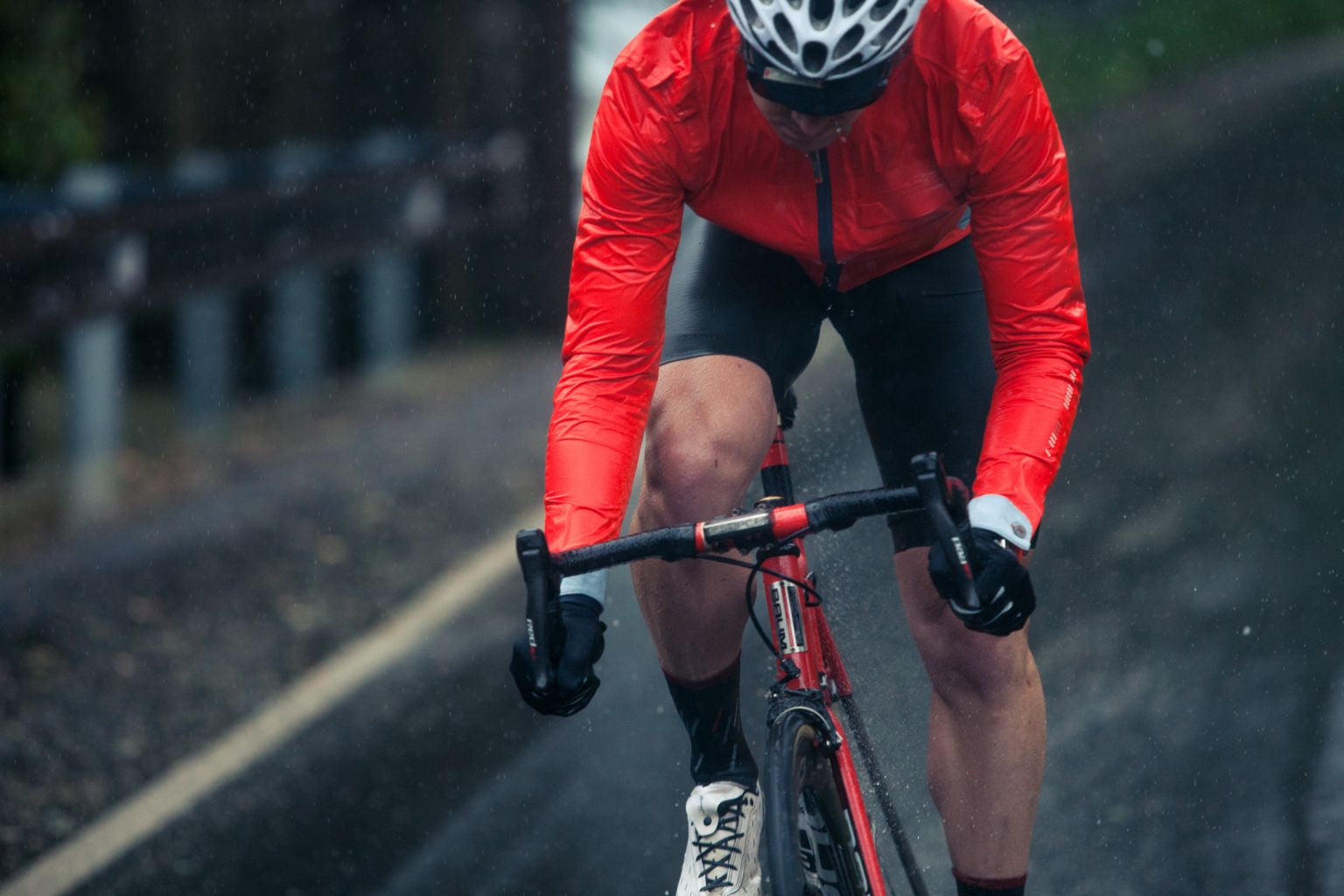





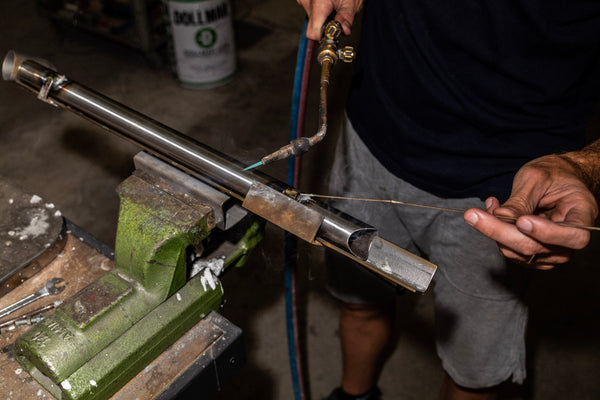
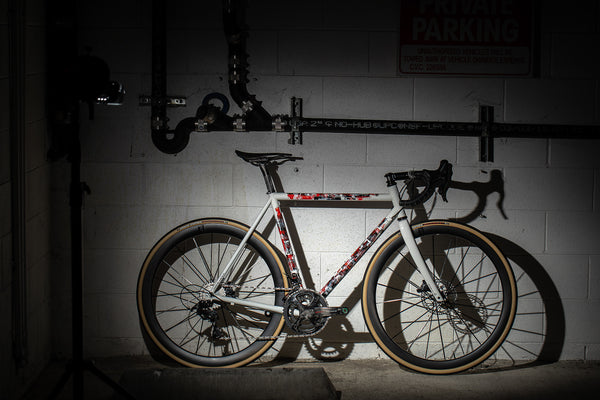
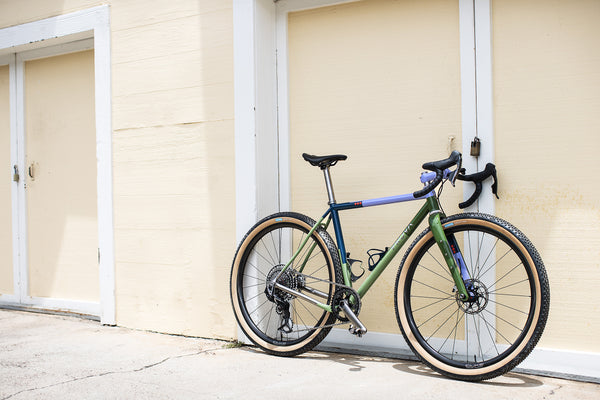
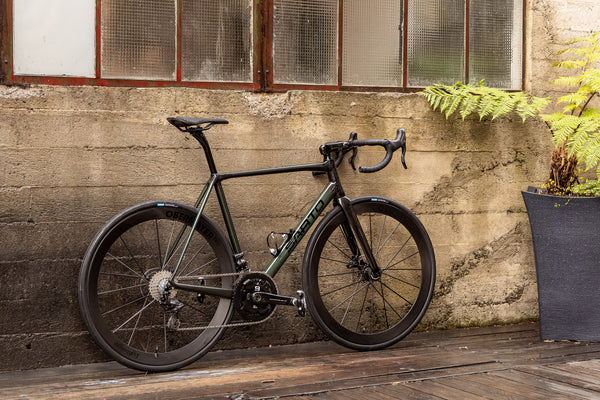

Back to Journal